Cal/OSHA’s emergency regulation (Section 5141.1) went into effect July 29, 2019, requiring California employers to protect employees from potential harm due to wildfire smoke. The emergency rule requires employers to monitor the published Air Quality Index (AQI) in the workplace and take steps to protect workers when the AQI reaches certain levels.
Employers who have staff working outdoors — who can reasonably anticipate that their employees will be exposed to wildfire smoke — are responsible for checking the forecast before crews go out. Depending on the AQI levels, they made need to provide N95 respirators. For example, if a large fire was present in the immediate area of an outdoor work crew, where the AQI for airborne particulates matter (PM 2.5) is 151 or greater, the employer should implement control measures until levels are below 150.
AQI Safety Checklist
- Employers should decide whether smoke protection requirements apply to them. Is the job site in an office building or an outdoor location? The rule only pertains to outdoor work.
- Employers should check if the AQI for PM 2.5 is 151 or greater by visiting government websites, such as the California Air Resources Board (CARB).
- Note: Be cautious of using third-party sources, such as The Weather Channel. Generally, these sources will give a universal AQI reading, but not detail the PM 2.5—which is what employers need to know.
- Employers should take compliance steps when AQI for PM 2.5 levels go over 150. There are two thresholds employers need to understand: AQI for PM 2.5 levels over 150 and PM 2.5 levels over 500. Each threshold triggers its own set of requirements.
Employers can reduce the exposure to wildfire smoke, whenever possible, by relocating work into an enclosed building with filtered air or to an outdoor area where the AQI for PM 2.5 is below 150. If the AQI for PM 2.5 level cannot be reduced to 150 or lower, then employers should provide N95 masks to all employees for voluntary use.
If the AQI for PM 2.5 level reaches 500, employees need to be fit tested and medically evaluated — and are required to wear the N95 mask. A level of 500 is very uncommon unless you are in very close proximity to a wildfire.
Recommendations
- Set up an email alert via a state or local air quality monitoring site, such as the U.S. Environmental Protection Agency’s Air Now or the South Coast Air Quality Management District’s Current Air Quality Data.
- Employers should have enough N95 respirators in advance to cover more than one shift. Should a wildfire arise, supply could become an issue.
- Set up an internal policy and train supervisors on how to monitor the AQI, as well as what to do if the PM 2.5 levels trigger compliance requirements.
For more useful safety information, read our Air Quality Notice Handout.
Additional Resources
- Cal/OSHA Standard Details: https://www.dir.ca.gov/title8/5141_1.html
- Emergency Action Information: https://calchamberalert.com/2019/08/02/wildfire-smoke-protection-emergency-rule-now-in-effect-for-california-employers/
- Air Quality Website: https://airnow.gov/index.cfm?action=airnow.local_state&stateid=5&mapcenter=0&tabs=0
Where the current AQI for PM 2.5 is equal to or greater than 151, but does not exceed 500, the employer shall provide respirators to all employees for voluntary use in accordance with section 5144 and encourage employees to use respirators. Respirators shall be NIOSH-approved devices that effectively protect the wearers from inhalation of PM 2.5, such as N95 filtering facepiece respirators. Respirators shall be cleaned, stored, maintained and replaced so that they do not present a health hazard to users. Employers shall use Appendix B to this section in lieu of Appendix D to section 5144 for training regarding the voluntary use of respirators.
Note: For voluntary use of filtering facepieces, including N95 respirators, some of the requirements of section 5144 do not apply, such as fit testing and medical evaluations.
Where the current AQI for PM 2.5 exceeds 500, respirator use is required in accordance with section 5144. The employer shall provide respirators with an assigned protection factor, as listed in section 5144, such that the PM 2.5 levels inside the respirator correspond to an AQI less than 151.
Share this resource:
URL coppied to clipboard.
Or send it directly to someone via our email form:
